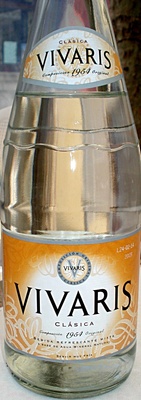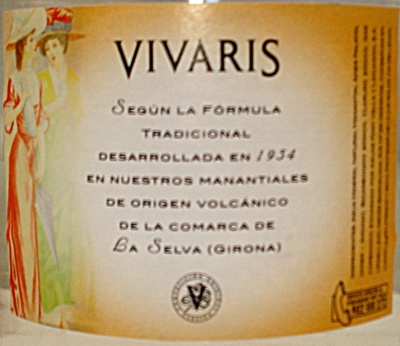Bebida refrescante carbonatada - Vivaris - 1 l
Aquesta pàgina del producte no està completa. Podeu ajudar a completar-la editant-la i afegint-hi més dades a partir de les fotos ja disponibles, o fent-ne més amb l'aplicació de androide o iPhone / iPad. Gràcies!
×
Nom comú: Bebida refrescante mixta a base de agua mineral natural
Quantitat: 1 l
Empaquetament: Vidre, en:Bottle
Marques: Vivaris
Categories: Begudes, Begudes carbonatades, Aigua envasada, Begudes sense sucre, en:Carbonated waters
Etiquetes, certificacions, premis: Vegetarià, Vegà
Origen dels ingredients: Espanya, es:Amer, es:Cataluña, es:Gerona (provincia), es:Manantial Amer Palatin, es:Selva (comarca)
Llocs de fabricació o processament: Manantial Amer Palatin, Amer, Selva (comarca), Gerona (provincia), Cataluña, España
Codi de traçabilitat: ES 29.002245/GE C CE, FABRICANTE Y ENVASADOR:, AGUAS FONT VELLA Y LANJARÓN S.A., PERTENECIENTE A:, GROUPE DANONE S.A.
Botigues: Restaurante
Països on es va vendre: Espanya






